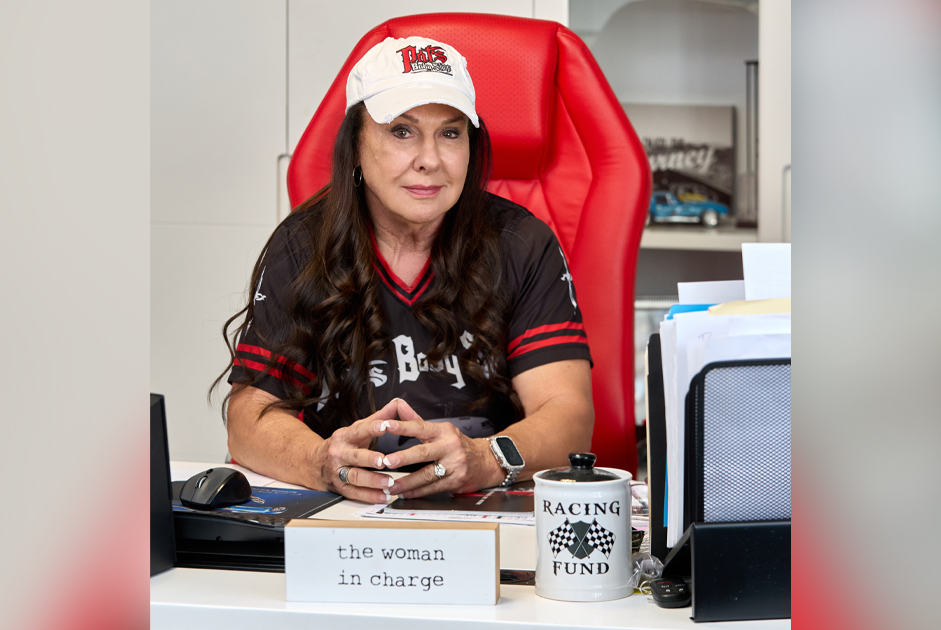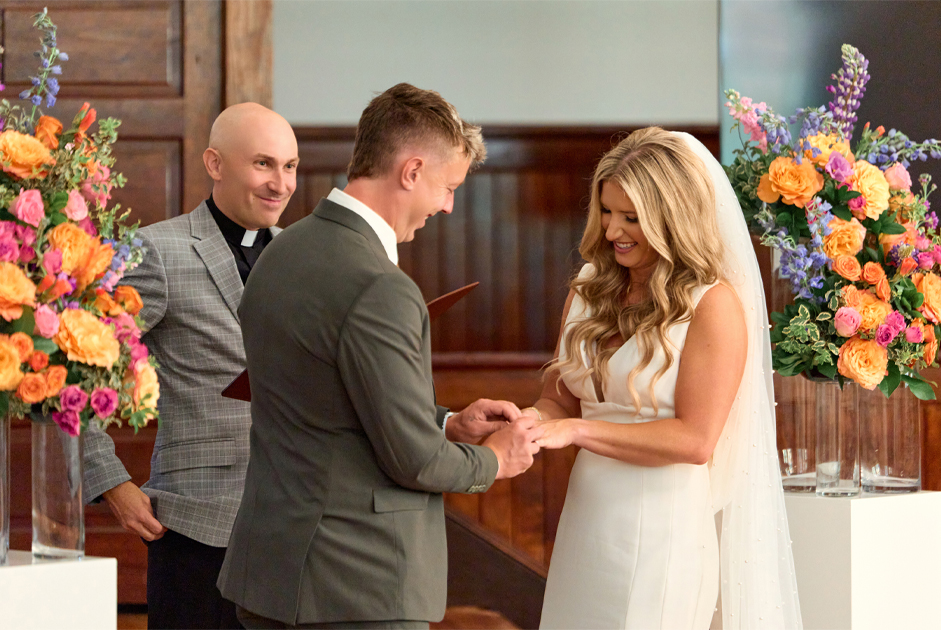Sometimes life today can become so chaotic and stressful we romanticize the past and long for something simpler. Was it a simpler time though?
If you could choose to live at any time in the past, when would it be? What if you lived 100 years ago?
Let’s look back 100 years at what life was like for a woman in the 1920s.
The 1920s was a time of big changes for women. It was the first decade in which their interests and abilities outside the home were truly recognized.
When I think about the 1920s, flappers are one of the first things I think of, and while flappers were a big part of the cultural change of the 1920s, most women of the decade were homemakers who took care of their homes, husbands, and children. In 1920, two thirds of people over the age of 14 were married. The average age of marriage for men was 24, and the average age for women was 21. Interestingly, the average family size began to shrink during this decade.
The 1920s women started to embrace a looser, more comfortable style of clothing…leaving corsets by the wayside. Skirts were becoming a more common fashion choice and the length of the skirts started to shorten from ankle length to knee length. Bobbed hairstyles were in fashion and women started to wear more makeup.
At the close of World War I, the 1920s were the beginning of an era of great change and advancement. With new developments in technology, the world of the 1920s woman became much bigger.
It was a time of modernization and innovation which would significantly change the way women spent their days. There were many new time saving gadgets created for women to simplify their duties in the home. Women had access to ice boxes, electric stoves, washing machines and vacuums, among other appliances, and they could use the time they saved in a myriad of ways.
The 1920s were a time of unprecedented prosperity for many. There was more money to be made and families had more time and disposable income to participate in activities just for fun. These pastimes included: attending movies, going dancing, attending sports games (especially baseball – known as the national pastime), gathering around the radio, and playing games.
Consumerism was becoming more prevalent with advertising being marketed directly to the 1920s woman through magazines, newspapers, radio, and movies. Much like today, advertisers sought to create an image of an ideal woman who was extremely proficient in all the things she did! A hard standard to live up to then, as now.
One of the most notable changes for women of the 1920s was securing the right to vote when the 19th Amendment passed on August 26, 1920. The 19th Amendment did not secure the vote for all women in the United States, but it was still a groundbreaking achievement that paved the way for broader change. Women had fought for their right to vote for nearly a century before the amendment was finally passed. Those who took up this cause faced jail time and harassment in their attempt to acquire women’s rights.
The number of women working rose by 2 million in the 1920s, which was still only a small percentage of the population overall. Discrimination in wages persisted, as well as the opinion that women only worked until they married. 1920s women typically had jobs as secretaries, telephone operators, factory workers, store clerks, and schoolteachers.
The 1920s was a complex time for women as they continued to fill the roles that were expected of them, but were also able to explore other distractions or avenues of self-fulfillment. This decade offered women more options than had been available in decades before.
Regrettably, the prosperity of the 1920s would ultimately come to a screeching halt in its last year when the stock market crashed in 1929. Life in the next decade of the 1930s would look drastically different for women.



















